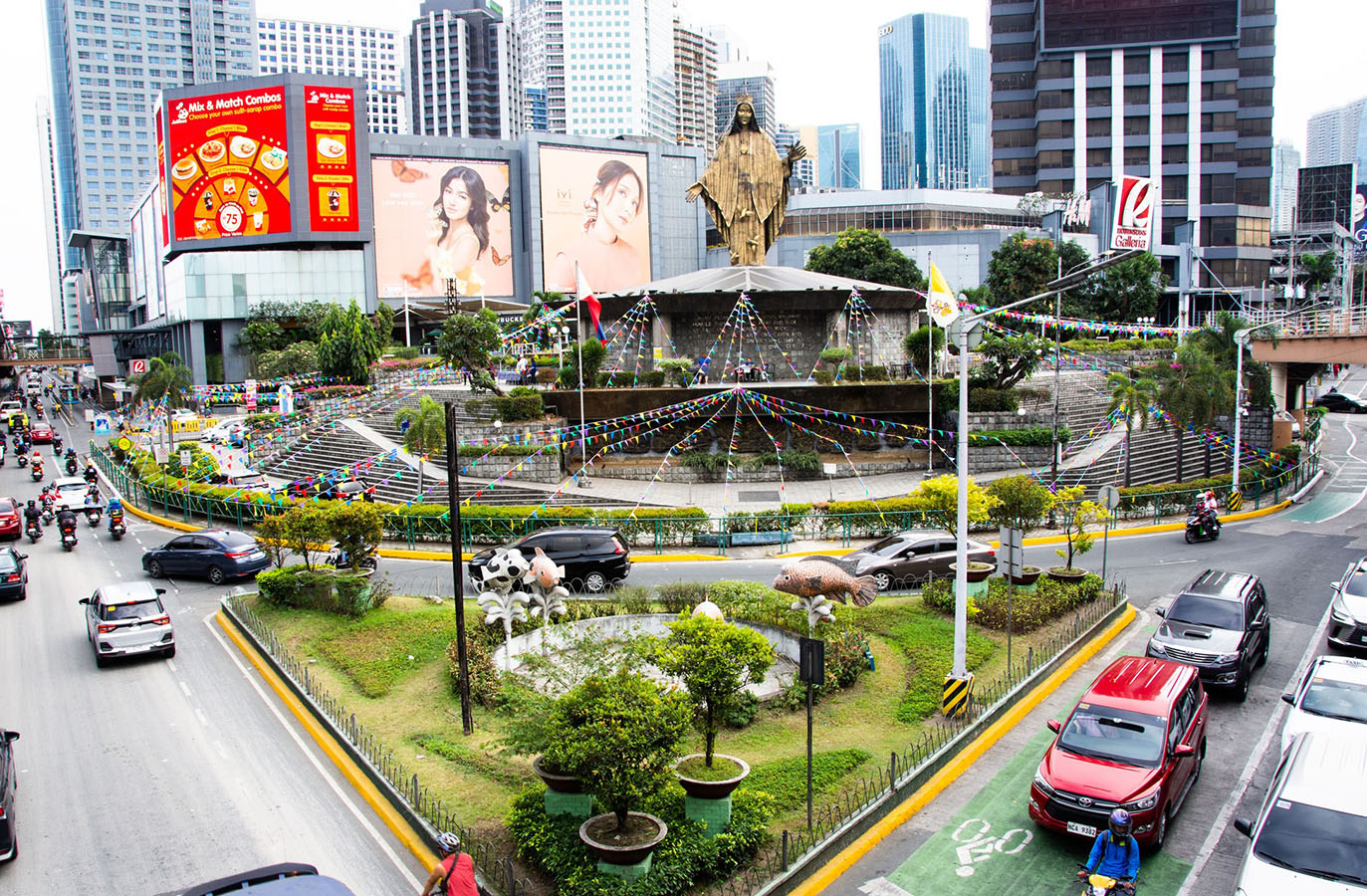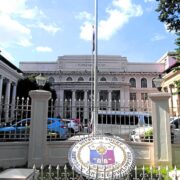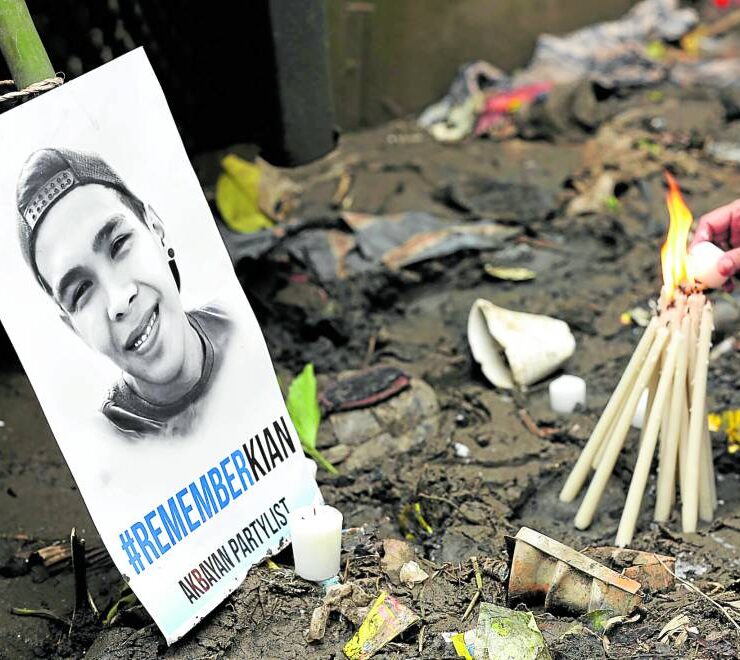Chapel on site of Edsa Revolt named national shrine

The Edsa Shrine, a historic landmark built in remembrance of the bloodless 1986 Edsa People Power Revolution that toppled the Marcos dictatorship, has been elevated to a national shrine by the Catholic Bishops’ Conference of the Philippines (CBCP).
In a news release on Sunday, the CBCP said it designated three Marian churches as national shrines on Saturday: the Archdiocesan Shrine of Mary, Queen of Peace, popularly known as Edsa Shrine and the Archdiocesan Shrine of Our Lady of Loreto, both in the Archdiocese of Manila; and the Diocesan Shrine of Our Lady of Aranzazu in the Diocese of Antipolo.
With the addition of these three, there are now 33 national shrines in the country, including the Antipolo Cathedral, the first national shrine and the only international shrine in the Philippines.
“I extend my deep gratitude to the bishops of the Philippines for voting unanimously to grant national shrine status to Edsa Shrine,” said the shrine’s rector, Fr. Jerome Secillano.
Protest site
The historical shrine, built in 1989, has been the site of various protests after the Edsa Revolt, including the Second Edsa Revolution which toppled then President Joseph Estrada in 2001.
On Jan. 31, the Clergy and Citizens of Good Governance will hold an “indignation concert and rally” to express its opposition to the 2025 national budget.
The structure, designed by National Artist for Architecture Francisco Mañosa, was declared an “important cultural property” by the National Commission for Culture and the Arts in 2019.
Meanwhile, the Loreto Church in Manila’s Sampaloc district houses the centuries-old image of the Virgin Mary as Our Lady of Loreto. It is currently the only parish church in the country dedicated to this Marian title.
Originally built by the Franciscans in 1613, the shrine was destroyed during the Battle for Manila in 1945 and later restored in 1958.
The Aranzazu Shrine in San Mateo, Rizal, has a rich history dating back to 1596 and has been destroyed multiple times, with the current church and altar last repaired in 1993.
Significance of national shrine
The Catholic Church has three kinds of shrines: diocesan shrines, approved by the local bishop; national shrines recognized by the bishops’ conference; and international shrines endorsed by the Holy See.
According to the CBCP, a national shrine is a sacred site recognized by the Catholic Church for its historical, spiritual or cultural significance, often linked to popular devotion, significant religious events, miracles, or apparitions.
It is also designated to promote the faith through exemplary liturgical celebrations, pastoral care, and dedicated ministry to the faithful.
To receive the status of a national shrine, a church must first be designated as a diocesan shrine by the local bishop or archbishop.
This requires the church to be a pilgrimage site for a specific piety, offering superior worship, Christian formation and social services. Once these conditions are met, the parish can petition for canonical elevation.
If devotion grows, the diocesan shrine may then petition the National Conference of Catholic Bishops for recognition. In the Philippines, the CBCP oversees the requirements for national shrines.





















